CNS: Previously, with people's joint efforts, the elephants in Yunnan Province have safely returned to their natural habitat after their northbound trip. They have attracted the world’s attention. What lessons can we learn from this case?
Chen: Through this case, we found that increasing the tolerance for elephants, together with adopting some flexible intervention measures, such as food lures and pulse electric fence, is effective in mitigating human-elephant conflict. But this undoubtedly requires plenty of human, material and financial resources, and it is not a long-term solution. The fundamental way to alleviate human-elephant conflict is to create more suitable habitats for elephants. In addition to some necessary conditions, such as areas and forest quality, elephants' huge food demand and their population range should be taken into account to carry out habitat transformation and construction. In addition, to connect habitats, ecological corridors can also be built. Now, China is exploring ways to further restore the Asian elephants' habitat by building national parks.
Campos-Arceiz: Dealing with human-elephant conflict is not a broad issue, but a specific one. In the process of Yunnan's elephants returning to their habitat, at least three useful experiences have been gained. The first is that the public's attitude toward elephants is essential to alleviating the human-elephant conflict. In China, both the government and the public are very active in protecting Asian elephants, which is the basis for the settlement of this crisis. Second, we need to view the conservation of elephants with a dynamic eye. Asian elephant populations are dynamic. If the population grows, they will not just stay in the reserve, but will run away. Third, the large-scale migration of elephants and their approach to urban areas will bring a series of livelihood problems. Yunnan has provided a good example in such aspects as accident compensation, early warning and multi-department cooperation. These experiences are helpful in coping with the problem of human-elephant conflict in the future.
CNS: Compared with existing national parks in the world, what breakthroughs will China's Asian Elephant National Park achieve? Can it bring about fundamental changes to the human-elephant conflict?
Chen: China's national parks have distinct Chinese characteristics, compared with the existing national parks in the world.
First, they pay more attention to conservation. China positions national parks as the most important type of natural reserve. It pays more attention to protecting the authenticity and integrity of the ecosystem, implementing conservation management of the strictest, most scientific and most standardized kind.
Second, emphasize system construction. China's government possesses strong ability in administrative regulation and the unified exertion of collective will. With national parks as its main body as a whole, China's government can construct a natural reserve system from the perspective of the construction of ecological civilization, building an effective and long-term mechanism.
Furthermore, they put more emphasis on the combination of ecological protection and community development. When the United States, Canada, Australia and other countries established national parks, there were large tracts of wilderness and no man's land. The population in the national parks was small, and community conflicts were not prominent. China has a large population. Some of the aborigines in the national parks gather in the form of administrative villages, and more are natural villages irregularly distributed in the national parks. There are also some nomads' "winter nests" or temporary tents in summer pastures. The population distribution in national parks boasts the characteristics of an extensive dispersion with localized concentrations. In response, China pays more attention to the construction of community and people's livelihood in the process of constructing and protecting national parks. At the same time, China does scientific planning and rational zoning, implementing differentiated policies and management measures. China also regards community residents as construction partners to achieve the win-win goal of ecological beauty and common people's wealth.
In addition to these characteristics, the Asian Elephant National Park being planned and constructed has also made some innovations for the protection of Asian elephants. For instance, part of the farmland where elephants are concentrated is retained, and a corresponding planting compensation mechanism is established to supplement the elephants' food source. It is hoped the elephants will return to the forest and settle, and therefore, human-elephant conflict can be alleviated. Humans and elephants can live in harmony.
At present, the scale of elephants entering human territory is unprecedented, which challenges the traditional means of animal control. How to solve the human-elephant conflict not only concerns the harmonious coexistence between humans and animals, but also poses a challenge to human wisdom and courage. Fortunately, the current handling is gradually changing from blocking to unblocking, from one dimension to multiple dimensions, and from short-term considerations to sustainable development. Only in this way can it be suitable for both human and wild animal development. It is believed that the construction of the Asian Elephant National Park with a more comprehensive protection concept will bring about fundamental changes to alleviate the human-elephant conflict in the region.
Campos-Arceiz: The purpose of establishing the Asian Elephant National Park is to protect the tropical rainforest and the Asian elephants. Compared with traditional reserves, the Asian Elephant National Park will involve many elements related to people and integrate more resources with systematic management. The United States created the world's first national park, but most of its area is a no man's land. And there is little human activity. China's Asian Elephant National Park will create a new mode and accumulate more experience for better resolving the human-elephant conflict, and even handling the relationship between humans and nature.
Translated by HUANG Zhishan











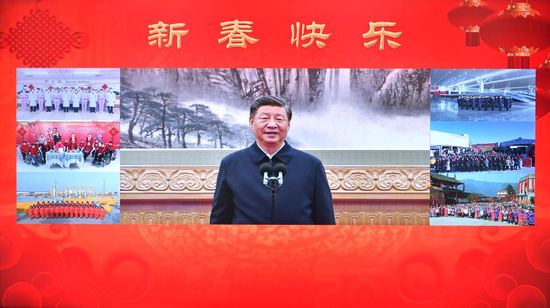
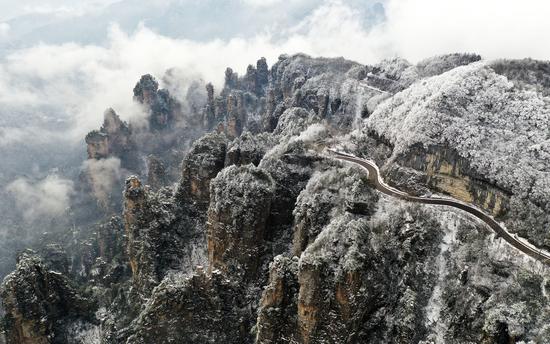



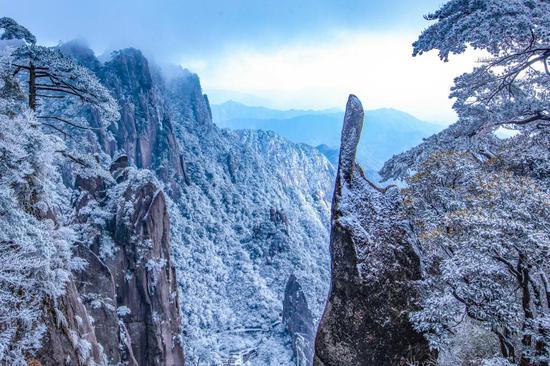







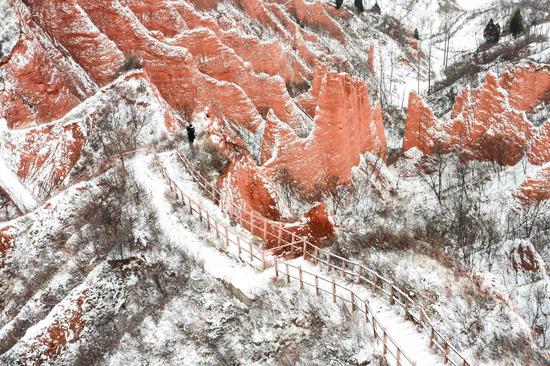



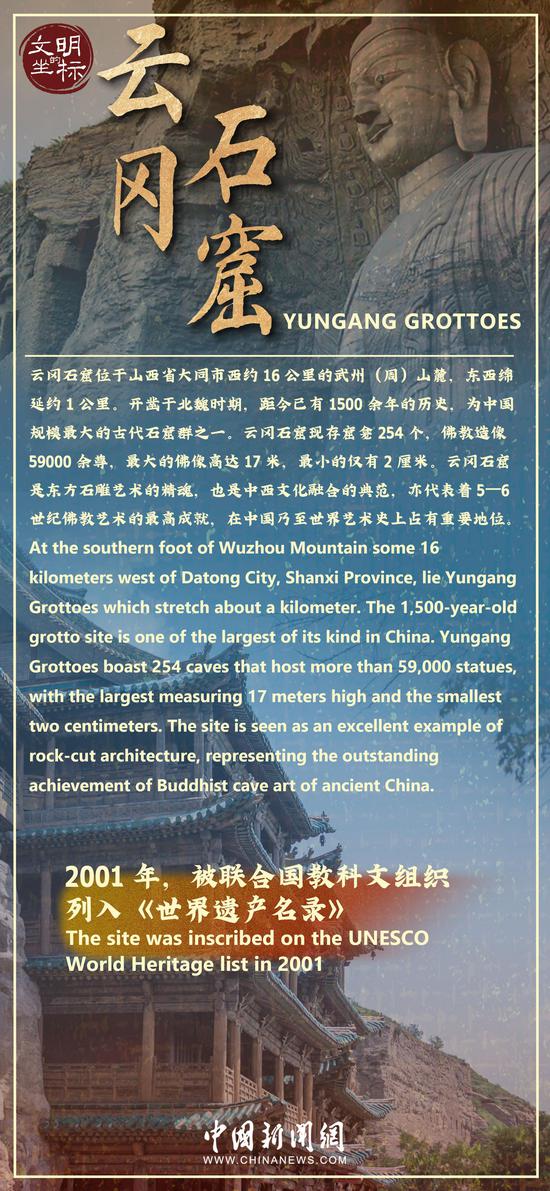

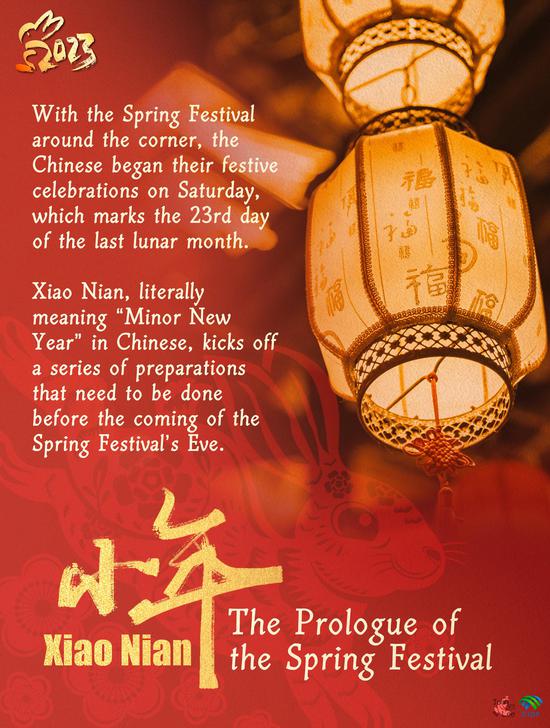
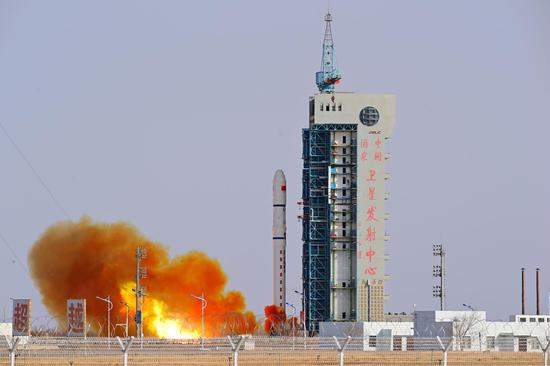








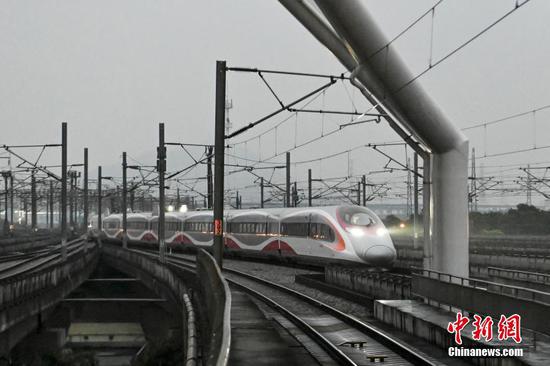
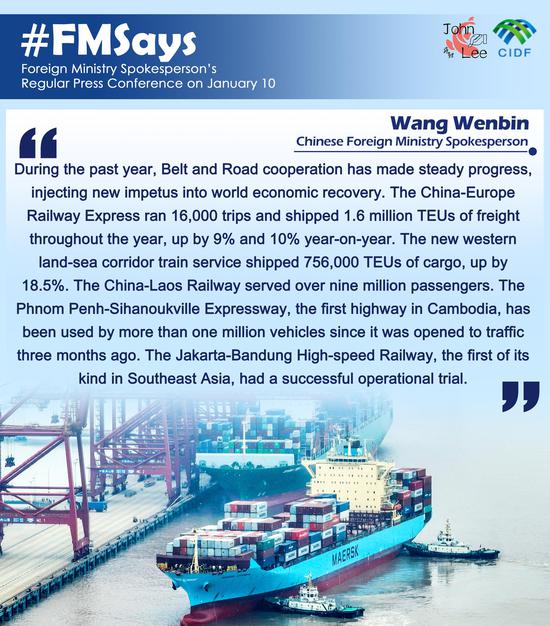








 京公网安备 11010202009201号
京公网安备 11010202009201号